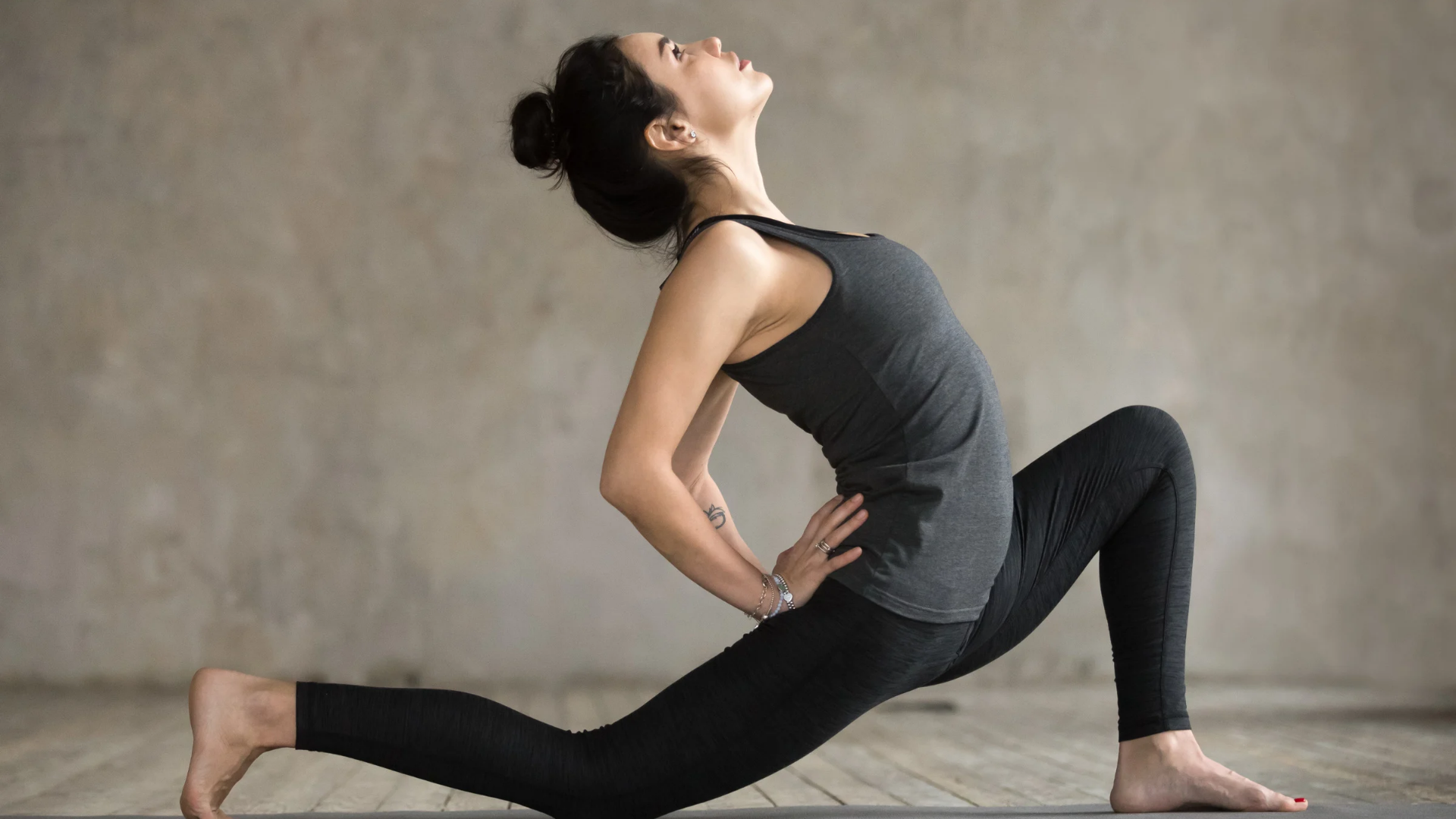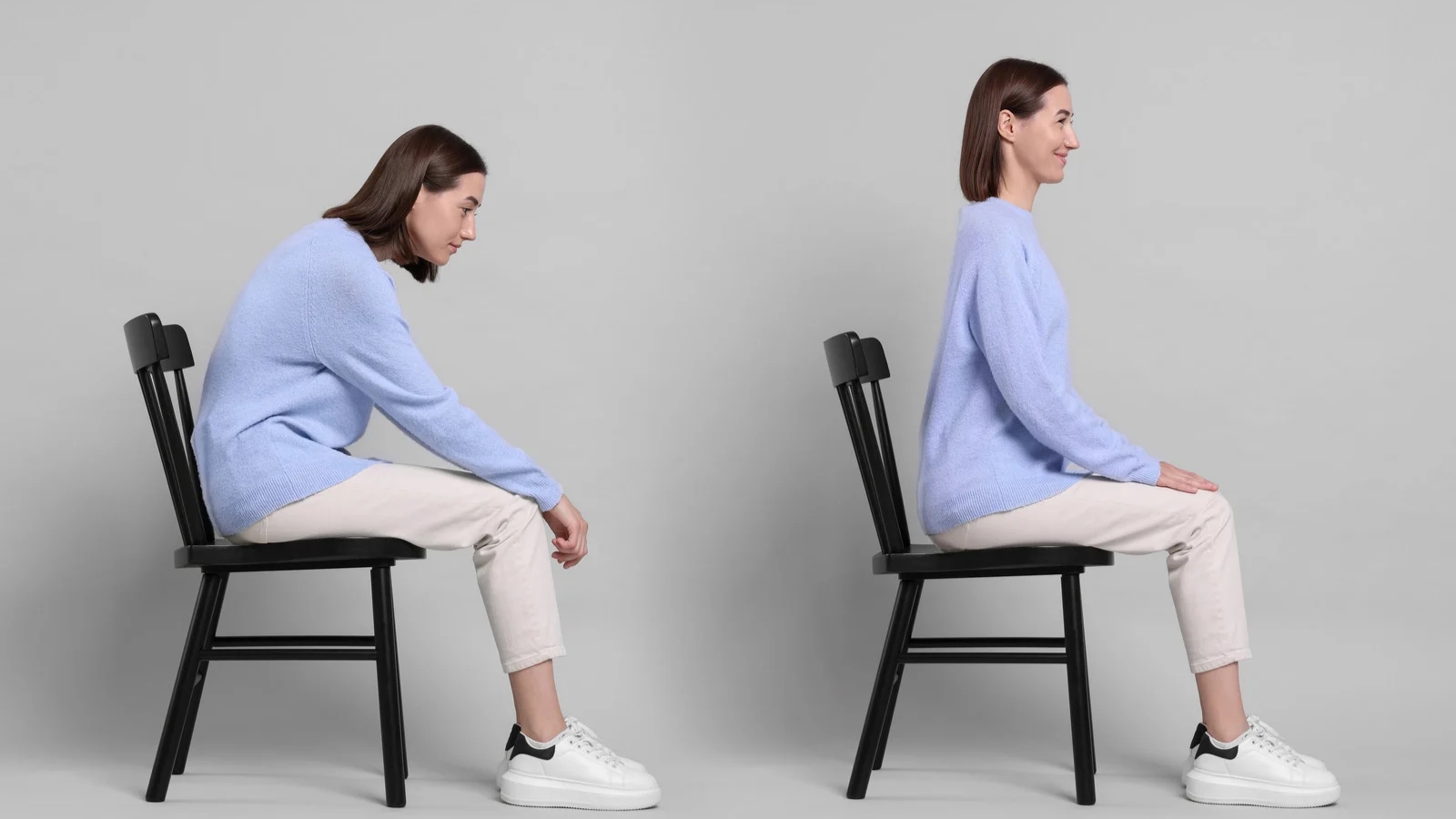Hip pain is a common issue that can interfere with walking, sitting, and even sleeping. It may stem from muscle tension, inflammation, poor posture, or joint strain. While medication can temporarily ease discomfort, it often doesn’t address the root cause. Fortunately, there are many practical, natural ways to relieve hip pain and improve flexibility without relying on drugs.
Experts agree that simple changes in movement, posture, and lifestyle can make a lasting difference. By focusing on mobility, strength, and daily habits, you can reduce pain, increase range of motion, and keep your hips healthy for the long term. Here are nine expert-approved tips for relieving hip pain naturally.
1. Stretch Your Hips Every Day
Regular stretching helps release tension and prevent stiffness in the muscles that support your hips. Tightness in areas like the hip flexors, glutes, and hamstrings can pull the joint out of alignment, causing discomfort.
Experts recommend performing hip stretches daily to maintain flexibility and reduce pressure on the joints. Effective options include:
- Kneeling hip flexor stretch for the front of the hip.
- Seated figure four stretch for the glutes.
- Butterfly stretch to open the inner thighs.
- Pigeon pose to target deep hip rotators.
Hold each stretch for about 20 to 30 seconds per side and repeat two or three times. Focus on slow, controlled breathing to help your muscles relax fully.
2. Strengthen Supporting Muscles
Weak muscles around the hips and core often contribute to joint pain. Strengthening these areas improves stability and alignment, making daily movements more comfortable.
Simple strengthening exercises include:
- Bridges: Lie on your back, bend your knees, and lift your hips off the floor.
- Side leg raises: Strengthen the outer thighs and glutes.
- Clamshells: Engage your hip rotators by opening and closing your legs while lying on your side.
- Planks: Strengthen your core to support hip and lower back alignment.
Perform these exercises three to four times per week. Building strength gradually improves hip function and prevents recurring pain.
3. Use Heat To Relax Tight Muscles
Heat therapy is one of the most effective natural methods for soothing hip pain caused by muscle tension or stiffness. The warmth increases blood flow, relaxes tight muscles, and enhances flexibility.
To apply heat:
- Use a heating pad or warm compress for 15 to 20 minutes.
- Take a warm bath to help loosen tight joints.
- Apply a warm towel to the affected area before stretching.
Experts recommend using heat before physical activity to prepare your muscles and improve movement. If your pain is related to muscle strain or overuse, consistent heat therapy can bring noticeable relief.
4. Try Cold Therapy For Inflammation
If your hip pain is linked to inflammation or a recent injury, cold therapy can help reduce swelling and numb the area. Applying ice constricts blood vessels and minimizes inflammation around the joint.
To use cold therapy:
- Wrap a cold pack or ice cubes in a towel.
- Apply to the hip area for 10 to 15 minutes.
- Repeat two or three times a day, especially after activity.
Experts often suggest alternating between heat and cold to balance muscle relaxation with inflammation control. This combination can speed up recovery and relieve discomfort more effectively.
5. Practice Good Posture
Posture plays a significant role in hip alignment. Poor posture can place uneven pressure on the hips and lower back, leading to chronic discomfort. Correcting your posture helps your body move more efficiently and reduces tension in surrounding muscles.
Follow these posture tips:
- Sit with your back straight and shoulders relaxed.
- Keep both feet flat on the floor when sitting.
- Avoid crossing your legs for long periods.
- Stand evenly on both feet to distribute weight equally.
If you work at a desk, adjust your chair and screen height to encourage proper alignment. A few mindful adjustments each day can prevent unnecessary strain on your hips.
6. Massage Your Hips And Surrounding Areas
Massage therapy increases circulation and relaxes tight muscles around the hips. It’s particularly effective for relieving tension in the glutes, thighs, and lower back.
You can use a foam roller, massage ball, or your hands to work on tight areas. Focus on:
- The gluteal muscles for tension release.
- The hip flexors at the front of your thighs.
- The outer thighs and lower back for overall relaxation.
Spend about five to ten minutes on each side. Use light pressure at first, then increase as your muscles relax. Regular massage improves mobility and reduces pain over time by promoting better blood flow and flexibility.
7. Stay Active With Low-Impact Movement
While rest is essential for recovery, too much inactivity can make hip pain worse. Gentle, low-impact exercises help keep your joints lubricated and your muscles strong.
Experts recommend activities like:
- Walking to maintain joint mobility.
- Swimming for full-body strength without joint strain.
- Cycling to improve circulation and flexibility.
- Yoga or Pilates to build core stability and balance.
These movements keep your hips active without aggravating pain. Aim for at least 20 to 30 minutes of low-impact exercise most days of the week.
8. Maintain A Healthy Weight
Excess body weight increases the load on your hip joints, which can lead to pain and inflammation. Maintaining a healthy weight helps relieve stress on the hips and supports long-term joint health.
To manage weight effectively:
- Focus on balanced meals with lean protein, vegetables, and whole foods.
- Limit sugary drinks and processed foods.
- Stay consistent with physical activity.
Even small changes such as losing five to ten pounds can significantly reduce hip pressure and improve mobility. Maintaining a steady, healthy weight is one of the most powerful ways to protect your joints naturally.
9. Prioritize Rest And Recovery
Giving your body time to recover is essential for healing hip pain. Overworking tight or inflamed muscles can worsen discomfort and delay improvement.
You can support recovery by:
- Getting at least seven to eight hours of sleep each night.
- Using a supportive mattress and pillow to keep your hips aligned.
- Taking short breaks to stretch if you sit for long periods.
- Practicing gentle breathing or relaxation exercises to reduce muscle tension.
Experts emphasize that recovery time allows tissues to heal, prevents overuse injuries, and enhances the effects of stretching and strengthening routines.
How These Tips Work Together
Each of these natural remedies targets a different cause of hip pain—tight muscles, inflammation, weak support, or poor posture. When combined, they create a complete approach to restoring hip health. Stretching improves flexibility, strengthening builds stability, and massage enhances circulation. Heat and cold therapy provide targeted pain relief, while posture and movement support long-term joint function.
The key is consistency. Incorporating these practices into your daily routine helps reduce pain naturally and prevents future discomfort.
Simple Daily Routine For Hip Comfort
You can easily integrate these tips into your day with a structured routine:
- Morning: Do light stretches such as the butterfly and hip flexor stretch.
- Midday: Take a short walk or practice gentle yoga.
- Afternoon: Apply heat to loosen muscles before activity.
- Evening: Use cold therapy or a warm bath to relax the hips.
- Night: Rest well and maintain proper sleep posture.
This routine keeps your hips mobile, relaxed, and supported throughout the day.
Conclusion
You don’t need medication to find relief from hip pain. With consistent stretching, strengthening, posture correction, and natural therapies, you can reduce discomfort and restore mobility. These expert-approved methods target the underlying causes of hip pain and support long-term joint health.
By making small, mindful changes each day such as improving posture, staying active, and taking time for recovery; you can enjoy stronger, pain-free hips and better movement for years to come.


